For a long time, if you wanted nicer fabric, all you had to do was look for a higher thread count. But is sorting the good from the bad that simple?
In this blog, we’ll cover what to look out for when it comes to sourcing bed sheets before branching out to thread counts more generally.
From cotton to bamboo and silk sheets to polyester blends, let’s dig into the real factors that drive quality in this sector.
Table of Contents
The market for bedding is growing – so thread count matters
Thread count and choosing the right sheets
Counting threads could mean counting more profit
The bedding market is growing – so thread count matters
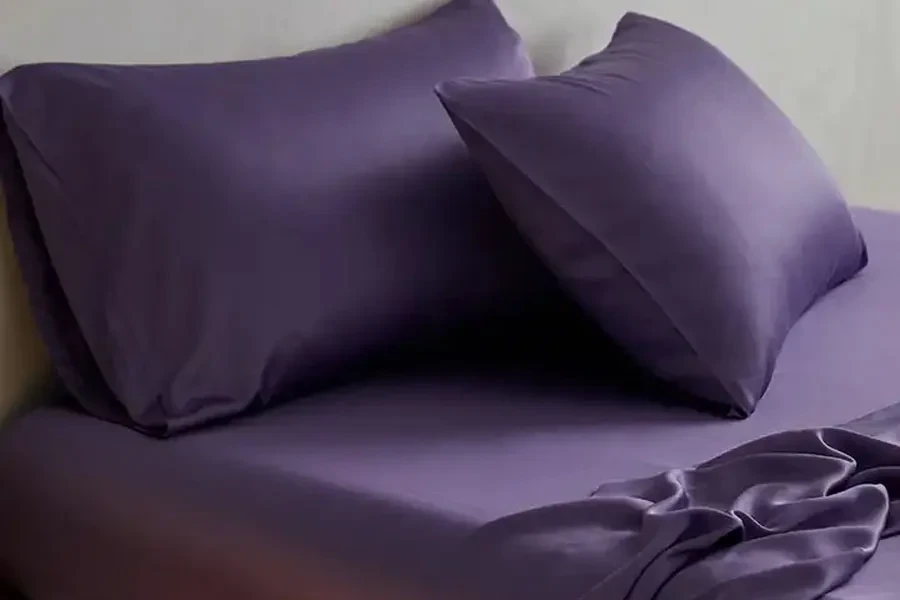
Bedding has never been more popular, with the market valued at US $21.56 billion in 2023 and forecast to reach US $36.83 billion in 2033, growing at a CAGR of 5.5%, according to Future Market Insights.
Factors spurring consumer demand for bedding
Market drivers encouraging purchases in the bed linen industry currently include:
Status: Customers want to buy high-end bed linen because it reflects their feeling of where they are in life, helping them feel good. In addition, middle and upper-income households are investing more in their home décor and updating their bedding regularly.
Quality: With a growing awareness of self-care, better sleep, advanced technologies, and market expansion, the quality of bed linen is increasingly a driving factor for consumers. Consequently, they’re becoming more attuned to what thread counts mean for them.
New technology: New fabric technologies are helping to produce bedding in more colors and textures. Coupled with increased purchases, this growth in choice makes the market increasingly appealing to bed linen wholesalers and retailers.
Functionality: Some natural fibers like organic cotton, bamboo, and Tencel are better at absorbing moisture than regular cotton. These alternative natural fibers are also more breathable and easier to maintain.
Now that we’ve covered the basics of the bedding market’s growth and its drivers, it’s time to look at the importance of thread counts in this booming domain.
Thread count and choosing the right sheets
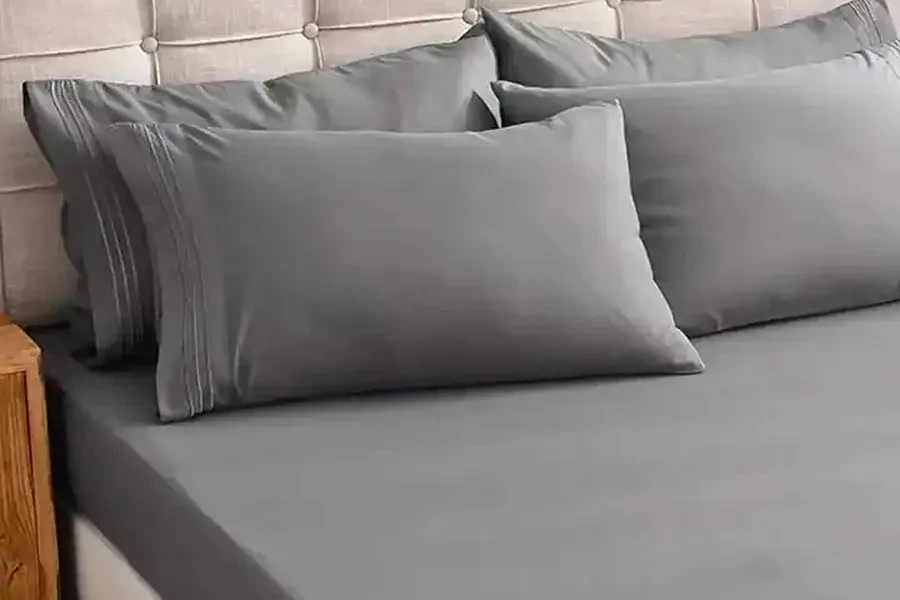
Sheet thread counts are determined by the weft (horizontal threads) and warp (vertical threads). The weft and warp denote the number of threads that crisscross within a specific area, usually one square inch.
For example, if the fabric has 100 horizontal threads and 100 vertical threads, the thread count is 200 (if the thread is 1-ply). If it’s 2-ply, the overall sheet thread count doubles to 400.
The number of threads either makes the fabric softer or coarser, while the thread density provides a rough estimate of fabric quality. Besides sheet thread counts, the final product relies heavily on the original number of yarns and yarn quality used to weave the fabric.
If a specific thread count combines with a specific yarn quality, this will likely raise the quality and price of the product. Because of these elements, it is wise to understand thread counts before making bulk purchases.
One last thing to keep in mind is that many think that the higher the thread count, the better the sheet or towel quality. This is not always the case, especially since many synthetic materials have high thread counts.
Does a higher thread count really equal better quality?
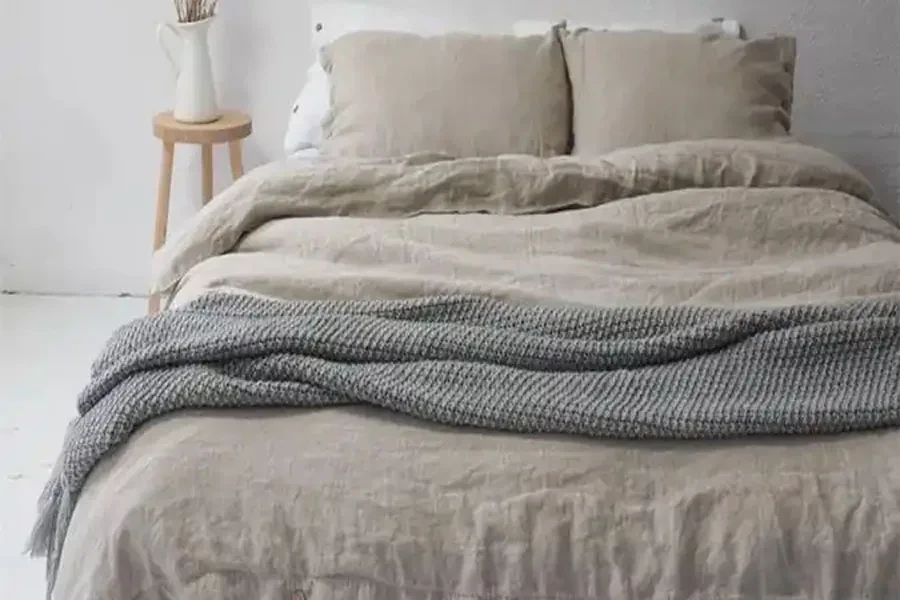
Marketers use ploys to trick people into thinking that higher-density counts equal better quality, but this is seldom true.
Higher sheet thread counts often indicate a 2-ply or 3-ply fabric usage. This tactic creates a high-density but low-quality textile. Ultimately, such fabrics may feel as soft as a better-quality fabric with a lower thread count, but it won’t be as breathable. It will also be heavy and feel more dense.
Another trick is to use low-quality yarns to add to the thread count. If you see counts over 600, this is probably a low-quality sheet trying to pass as something better.
High thread counts can also end up making bed sheets feel too coarse. In contrast, if the weave is too low, the sheet will also feel coarse. In addition, it will likely be too porous and probably start to wear after a few washes.
Now that that’s out of the way, we’ll show you how to choose good quality bed sheets depending on which fabric you’re looking for.
What are the best thread counts in specific sheet fabrics?
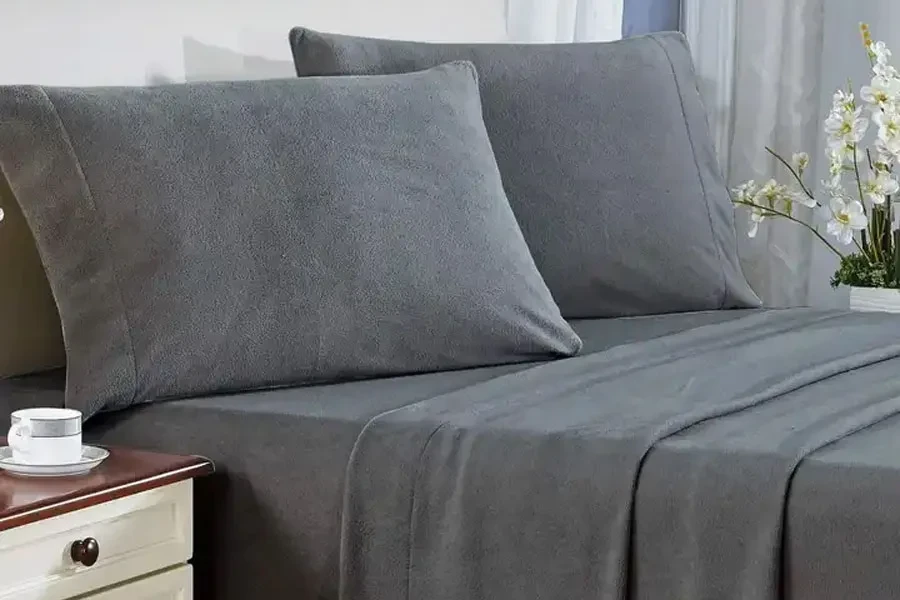
Some materials are measured in thread counts, grams per square meter, or momme.
Grams per square meter of fabric (GSM) is the standard measure used in the textile industry. In the U.S., as they don’t use the metric system, this measurement may be translated into oz/sq yard.
Momme is the Japanese word for weight and comes from when silk was traditionally measured in pounds. One momme equals one pound of fabric measuring 100 yards by 45 inches wide or 4.34 grams.
The list below shows several sheeting fabrics and the ideal thread counts to look for in each. Higher or lower quality thread counts usually indicate blends, a dense, unbreathable textile, or a loose weave that won’t be durable.
Thread count
- Bamboo: 300
- Cotton: 200-400
- Egyptian cotton: 300-400
- Pima and Supima cotton: 200-300
- Linen: 80-140
GSM (square meter of fabric)
- Jersey: 150
- Flannel: 170+
- Microfiber: 90-120
Momme
- Silk: 17-22
What else should you consider when buying sheets?
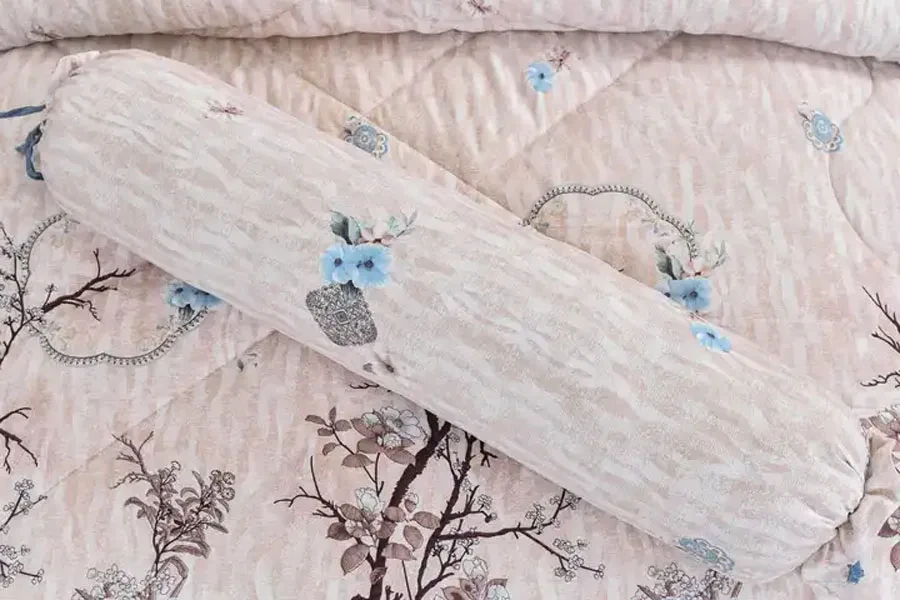
Additional factors to look at when buying sheeting materials are the construction or type of weave and the fiber quality content of the fabric.
Textile construction: Percale and sateen are popular construction types. Percale uses a single warp and weft thread in a plain weave, producing a breathable matte fabric that is crisp to the touch and is ideal between a 200 and 400-sheet thread count. Meanwhile, sateen sheets use a four-over-one thread satin weave. The result is a textile with a light sheen that is semi-wrinkle-free and has a smooth, silky feel. The construction thread count for the best sateen weave falls between 300 and 600 thread counts. Sateen sheets are less robust than their percale counterparts.
Fiber content: High-quality yarns come from the best cotton with long-staple fibers that produce a flat, smooth weave. Consequently, this weave makes the softest sheets that are also durable. Examples of premium types of cotton with long fibers are Egyptian, Supima, and Pima cotton sheets. In contrast, lower-quality cotton has shorter fibers and generates a coarser end product.
Counting threads could mean counting more profit
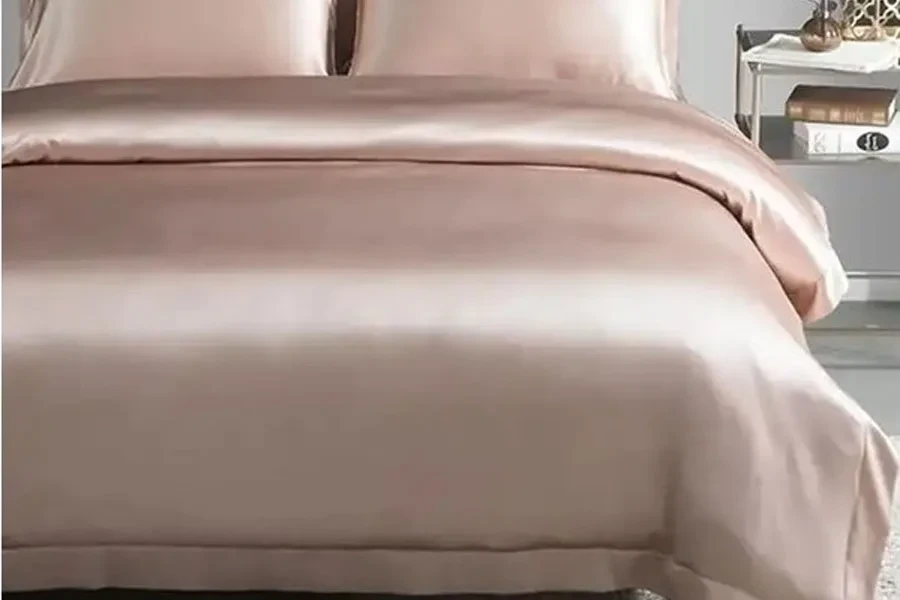
Sheet thread counts can be an excellent indication of quality. But buyers must also exercise discretion when making purchases as this can be a tricky landscape to negotiate.
Despite the pitfalls in understanding sheet thread counts, market growth in this segment is promising. With positive expansion predicted for the future of the bedding market, it is worthwhile to keep up with consumer trends and stock up accordingly.
Now that you understand the basics of thread counts and other concerns, browse thousands of types of bedding and materials in our dedicated Alibaba.com Showroom.



